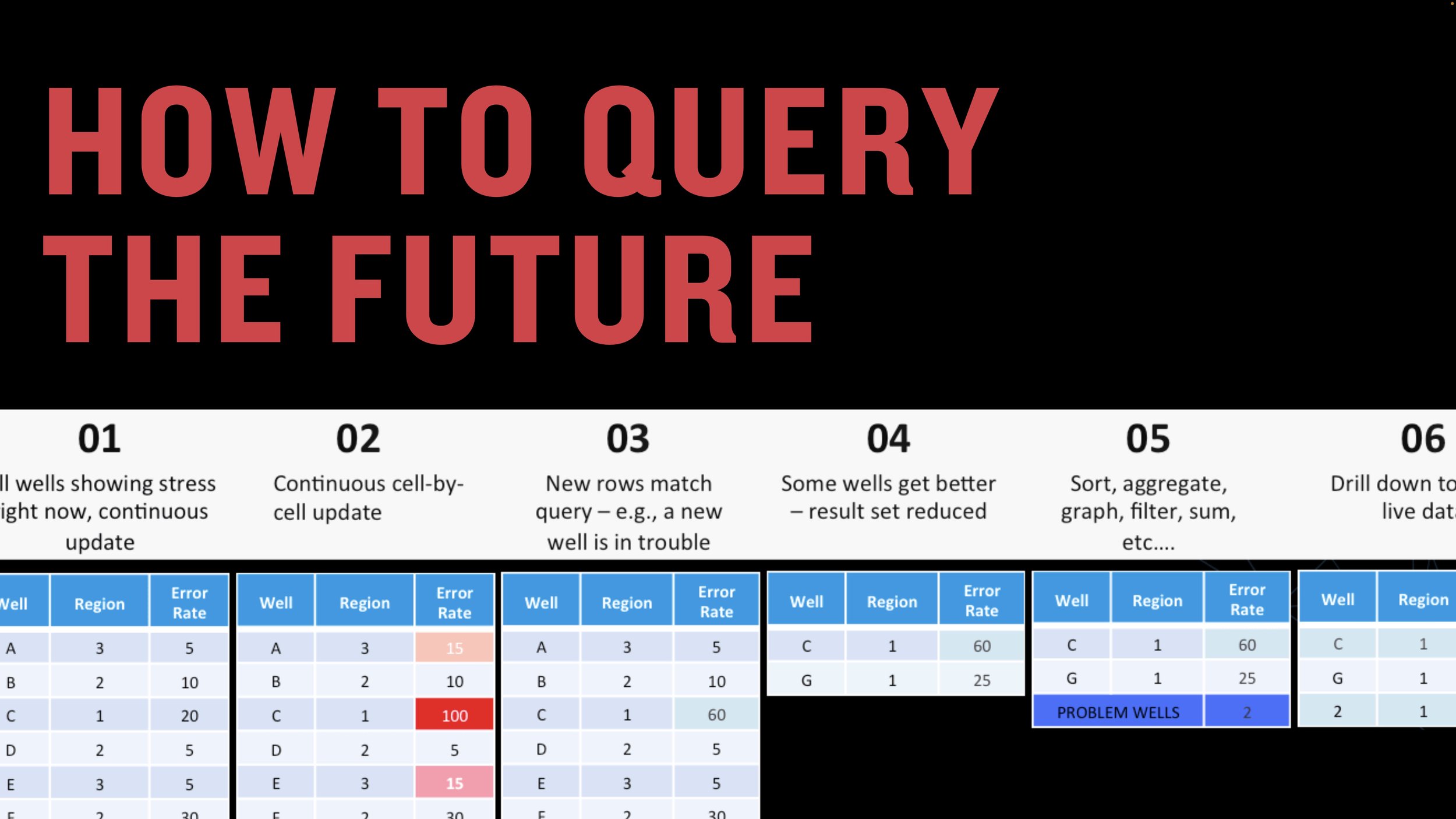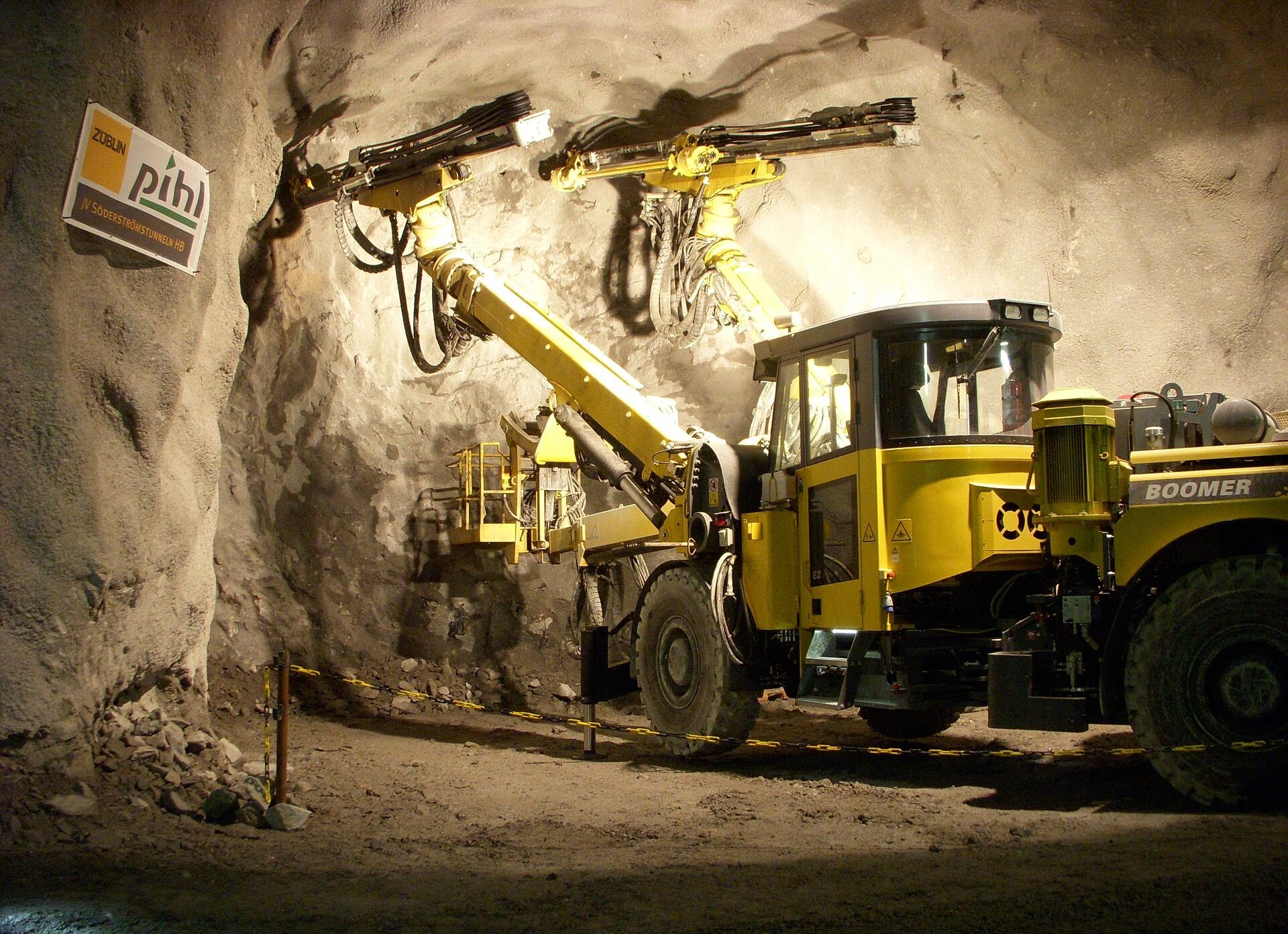Italy’s Smart Infrastructure and What We Can Learn From It
As the United States puts $1.9 trillion to work to improve its infrastructure, what we can learn from Italy’s innovative “Infrastructure Nervous System.”
Three years ago, chilling images from the collapse of the Genoa Morandi Bridge flashed over the internet. What happened next is a model for tech-driven infrastructure rejuvenation with advanced analytics, AI, and digital twin technology.
Many know the first chapter of the story. A section of the Genoa bridge collapsed during a violent storm. Concrete and cars fell 150 feet to the ground; 43 people died; a political blame game ensued.
What many don’t know is how tech innovators re-imagined their approach to infrastructure as they recovered. Autostrade per l’Italia (ASPI), the organization responsible for the Genoa bridge, 2,800 kilometers of roads and 4,200 bridges and tunnels in Italy, cleaned house. Key executives were fired and replaced with tech-savvy leadership.
New Chief Information Officer Francesco Del Grego led ASPI’s technology transformation. He joined me to present their system at our annual customer conference last month.
Del Grego’s team re-designed the Genoa bridge inside and out. As they rebuilt, sensors and high-speed networks were embedded within their new infrastructure to transmit data in real-time.
The Genoa Bridge reconstruction. Autostrade per L’italia
With data streaming from their infrastructure, ASPI used TIBCO Spotfire to design a continuous analytics system that acts like your body’s nervous system. Sensor data forms a “digital twin” of each piece of infrastructure in software that represents road segments, technology components, and traffic sensors.
Real-time analytics helps ASPI staff analyze infrastructure in real-time. As conditions change, visualizations update like the dashboard in a Ferrari.
www.techno-sapien.com. Click to expand.
AI Model Operationalization and Streaming Data Science
Hockey legend Wayne Gretzky famously declared that you must “skate to where the puck is going, not where it has been” to achieve greatness. Streaming data science applies AI to real-time data so firms can predict and respond to problems before they happen.
Intelligent models deployed in streaming data generate predictive outputs and be displayed in Spotfire to augment human decision-making. This technology is part of an emerging field of model operationalization. Visualizations update with real-time traffic in shades of blue and a real-time forecast from AI/ML models that anticipate future congestion in red. With this view, staff can act before it’s too late and reduce congestion based before it happens.
Del Grego shared examples of how ASPI anticipates accidents, traffic, maintenance, and staffing needs (click to expand):
In just three years, Italy turned tragedy into inspiration. The new bridge (below) is gorgeous; from the outside, the new Genoa bridge glows with Italian style.
Inside is just as beautiful. ASPI’s “Infrastructure Nervous System” processes 3.4 terabytes of data, uses real-time to anticipate and fix issues before it’s too late. The ASPI system helps make travel safe, smart, and secure.
As the United States looks to put $1 trillion to work, and countries around the world modernize their infrastructure, the ASPI system is an inspiration we can all learn from.















